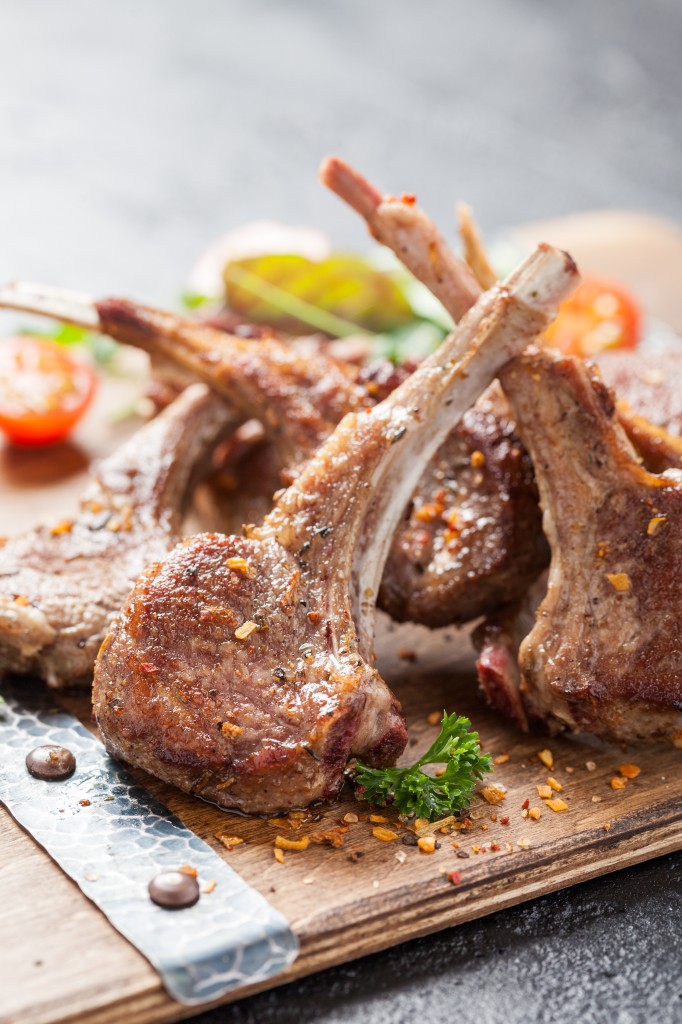Paul Pryce
In March 2018, the Chilean capital of Santiago played host to delegations from 11 countries, including Canada, who converged on the city to sign the Comprehensive and Progressive Trans-Pacific Partnership (CPTPP). Since then, much ink has been spilled highlighting how the agreement would secure greater market access for Canadian beef, softwood lumber, and other major, well-established commodities. Oftentimes, these analyses focus strictly on bilateral trade relationships—selling more of something to a specific customer—and so miss some of the opportunities unique to a multilateral arrangement like the CPTPP.
Let’s take lamb as an example. Accounting for 385,000 tonnes of lamb products each year, or about half of the world’s total exports, New Zealand is the leading player for lamb and mutton in nearly all the major markets—from China to the European Union. However, significant land constraints limit New Zealand’s capacity to ramp up lamb production, with dairy farms in that country expanding their land use by as much as 28% over the past decade. As such, New Zealand faces the frustrating situation of seeing increased market access granted in new markets like Vietnam and Malaysia but insufficient product with which to compete in these markets.
This is where the unique features of a multilateral trade agreement like the CPTPP can come into play. British Columbia has a modest sheep industry, primarily located on Vancouver Island and the Gulf Islands, with a total of 60,000 head distributed among flocks of 30-40 ewes on average. None of the lamb produced in BC is for export, and the local capacity to process lamb is limited: the largest facility is located on Salt Spring Island, processing 750 head per year at 20 per day. However, BC does not face the same land constraints as New Zealand, as flocks of sheep and lambs have been successfully raised free range throughout the Okanagan, Cariboo, and Peace River.

This presents an opportunity for a partnership between farmers and processors in BC and New Zealand. Beef+Lamb New Zealand (BLNZ), an industry organization owned by New Zealand’s beef and lamb producers, could serve as a conduit for exchange in best practices on lamb production and market outreach. AFFCO and other leading meat companies in New Zealand, whose brands are recognized in many of the other CPTPP signatory countries, could be enlisted as joint venture partners on abattoirs like the one that has long operated on Salt Spring Island. This would allow BC farmers to benefit from New Zealand’s brand and begin exporting their products to new markets, while a distinct Canadian brand for quality lamb could be developed over time. Partnering with New Zealand companies will also be vital if BC and Canada hope to export to countries where there is demand for halal meat, such as Brunei Darussalam and Malaysia.
One might ask why New Zealand would have any interest in partnering with a potential competitor. With the start of formal talks on a free trade agreement between the European Union, Australia, and New Zealand, as well as the pending ratification of the CPTPP, New Zealand’s lamb industry will face enormous pressure to increase supply and bring some stability to what will undoubtedly be volatile prices for lamb and mutton in the coming years. After all, in 2017, the EU was New Zealand’s second biggest customer for lamb, importing almost 55,000 tonnes, just behind China’s 63,000 tonnes. Bringing delicious, healthy BC lamb to the Asia-Pacific region would certainly take some of the pressure off.
Recognizing these overlapping interests, it is important that the conversation begin in earnest about partnering with New Zealand’s, and to some extent Australia’s, industry organizations and companies. Although the ratification process for the CPTPP may take some time, hesitating to seize on the opportunities unique to this agreement could see other competitors emerge to take Canada’s place. For example, the United States has thus far remained aloof from the agreement, but could easily change course at some future point. The American flock of sheep and lamb, numbering almost six million head, would displace BC in key markets. The CPTPP grants BC a tariff advantage; it is vital that this advantage be used while it lasts.
[infobox title=’Paul Pryce’] Paul Pryce is political advisor to the Consul General of Japan in Calgary, in which role his responsibilities include enhancing agricultural ties between Japan and Western Canada. Previously, through his affiliation with UPH Analytics, a research institute at Indonesia’s leading private university, Paul wrote widely on production and price trends in Southeast Asia’s agricultural industry. You can connect with him via email: paul.l.pryce@gmail.com[/infobox]
Paul Pryce is political advisor to the Consul General of Japan in Calgary, in which role his responsibilities include enhancing agricultural ties between Japan and Western Canada. Previously, through his affiliation with UPH Analytics, a research institute at Indonesia’s leading private university, Paul wrote widely on production and price trends in Southeast Asia’s agricultural industry. You can connect with him via email: paul.l.pryce@gmail.com[/infobox]












